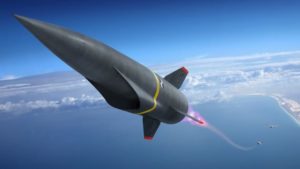
A Navy official recently confirmed the service is advancing efforts to arm the three-vessel Zumwalt-class DDG-1000 destroyers with hypersonic weapons, as directed by Congress. The fiscal year 2021 Defense Authorization Act contained a provision directing the Navy to initiate integrating the Conventional Prompt Strike (CPS) hypersonic weapon on to the DDG-1000-class destroyers by Jan. 1, 2021 (Defense Daily, June 21). Rear Adm. Paul Schlise, Director of Surface Warfare Division (OPNAV N96), told reporters during a Jan. 8 media call this…

 By
By 











